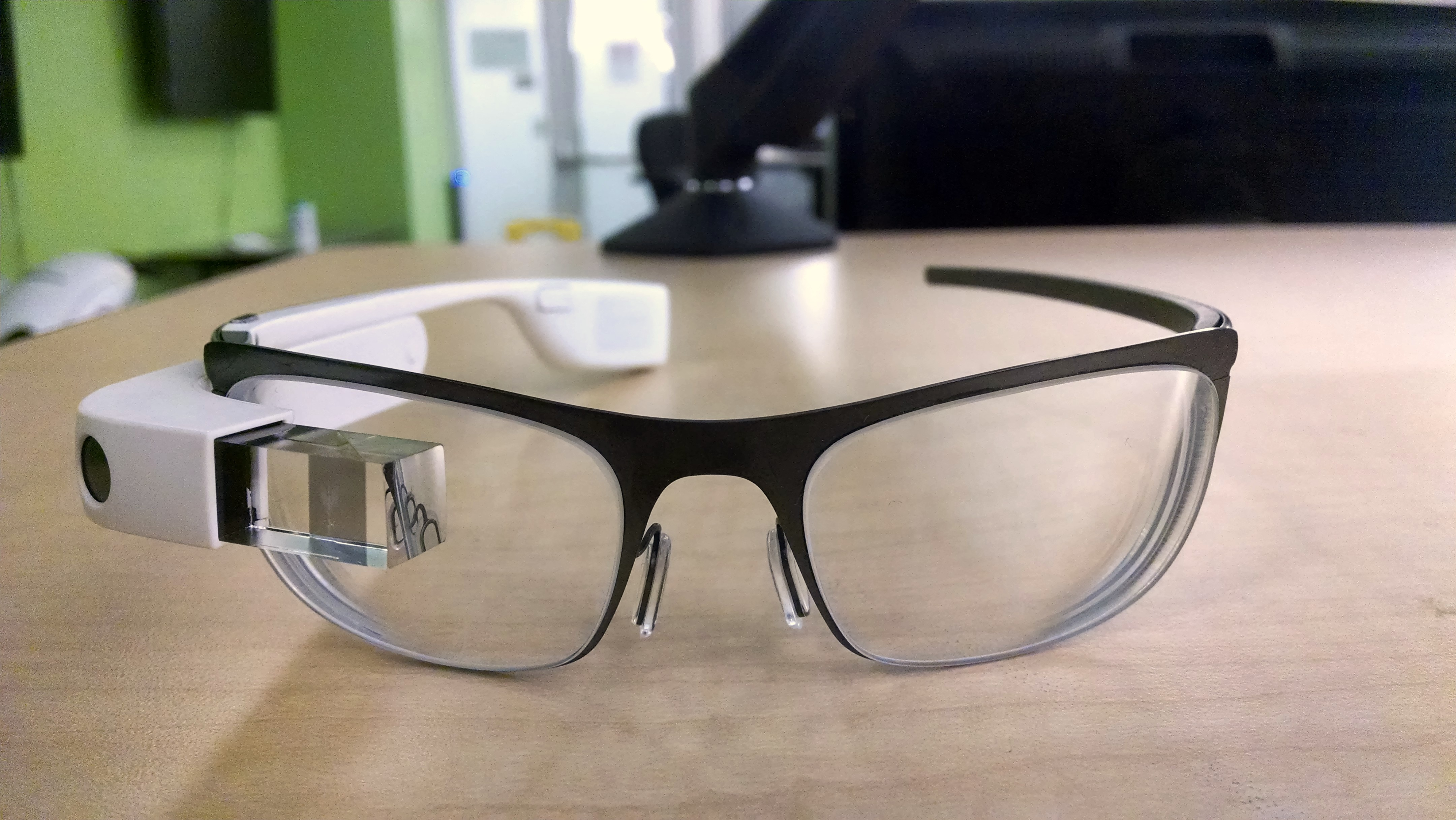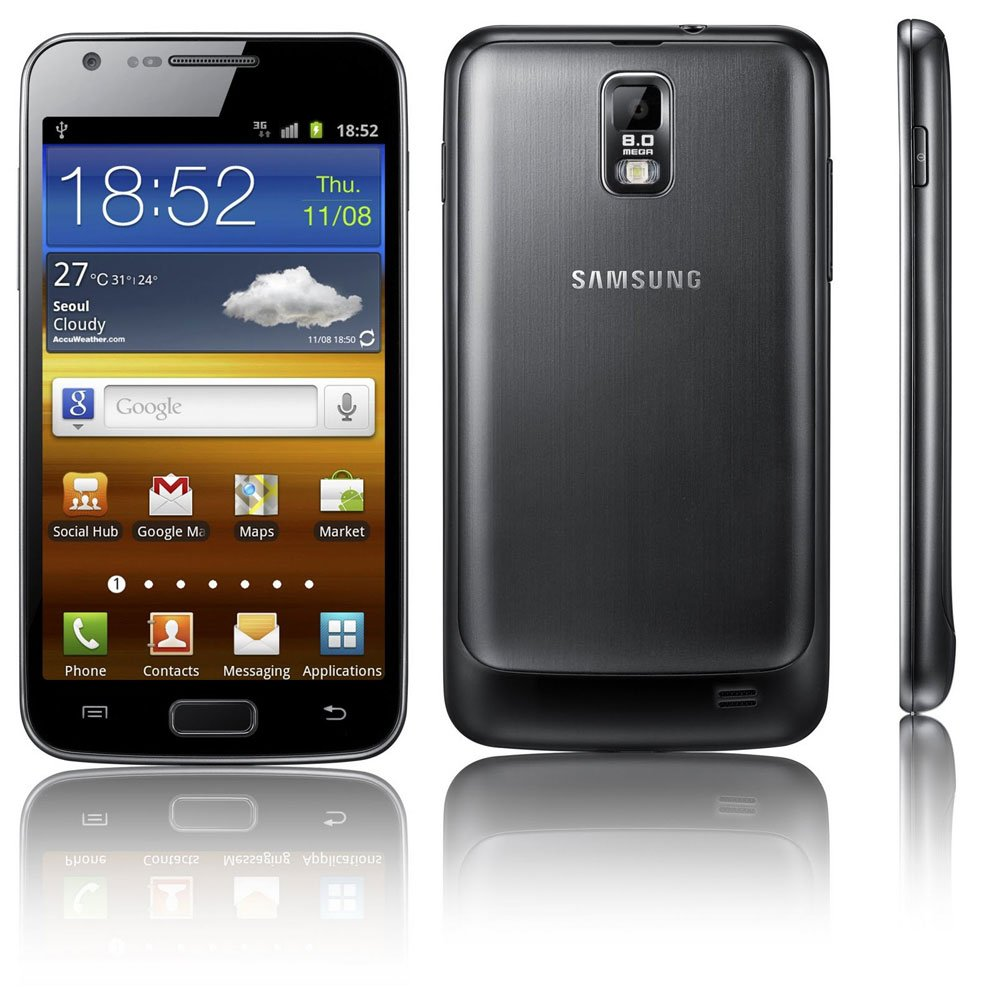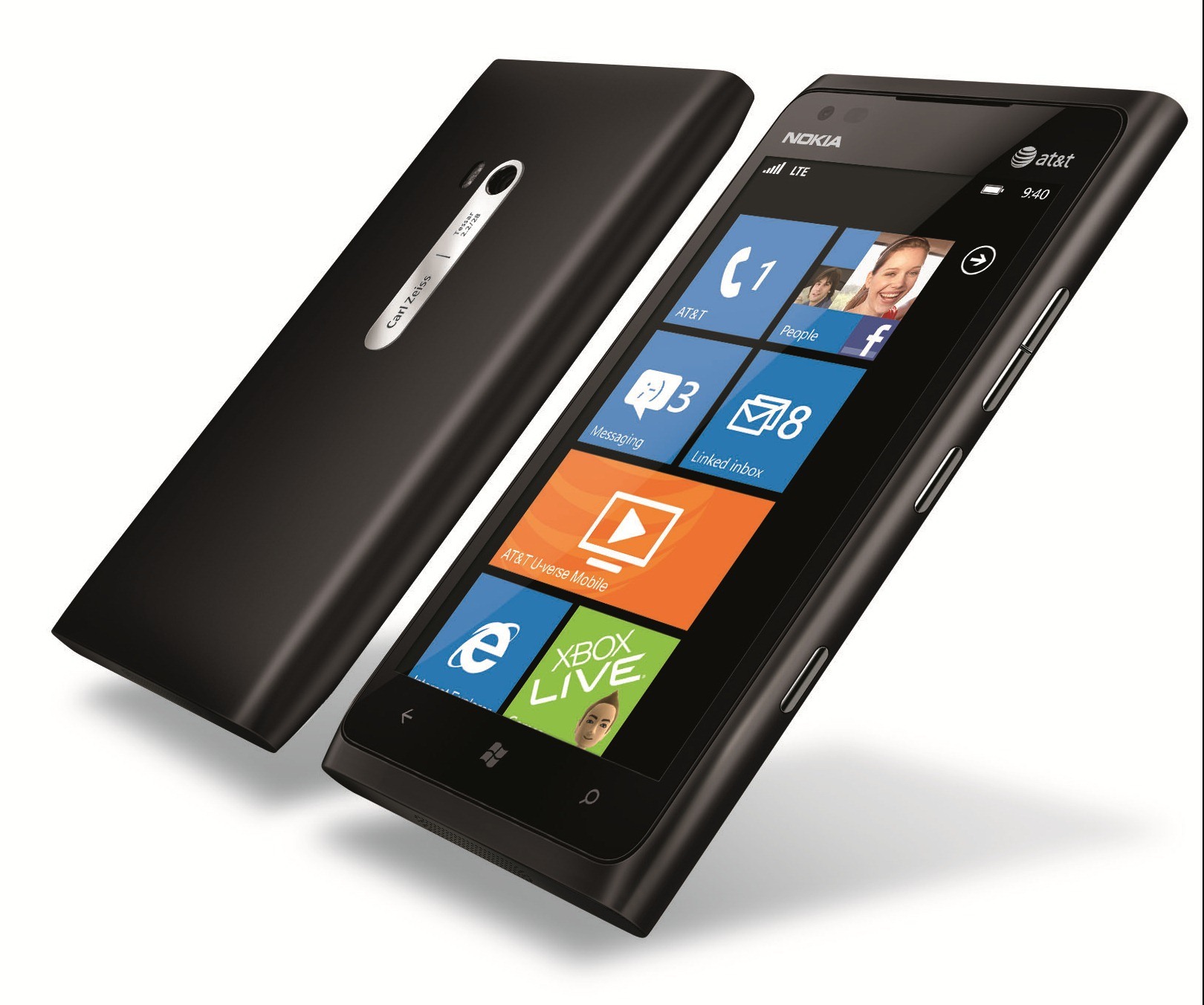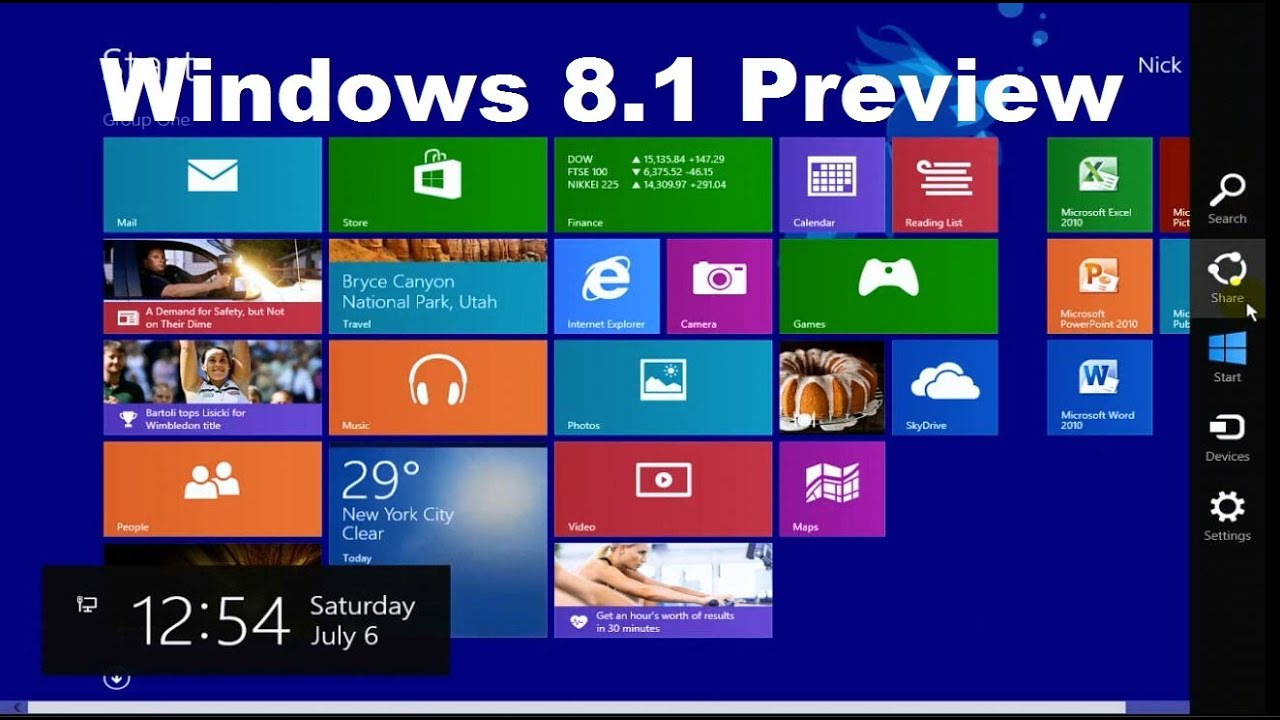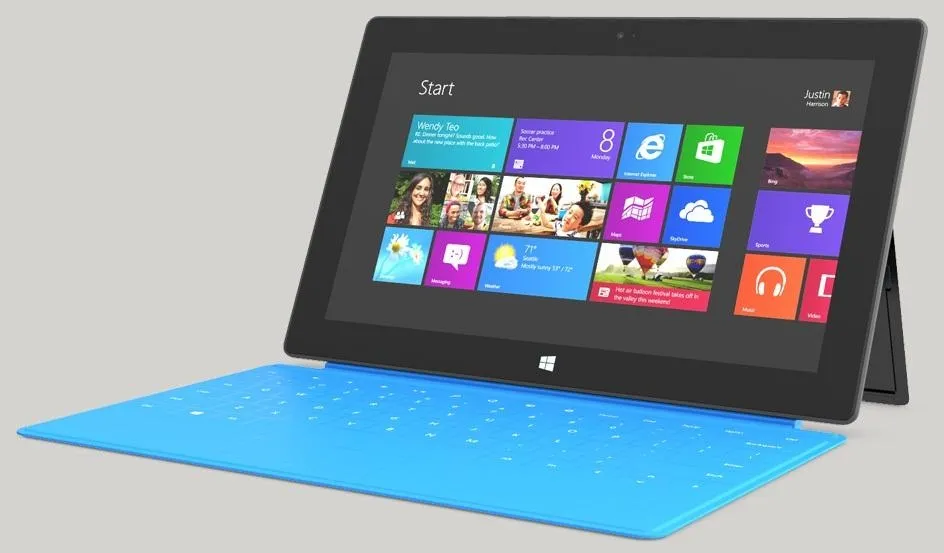Google Glass has emerged as a groundbreaking device in the realm of wearable technology, offering a glimpse into the future of augmented reality and smart glasses. Priced at $1,500 in the US and £1,000 in the UK, its high cost may deter many eager adopters, sparking discussions about Google Glass price and value versus traditional smartwatches. While its innovative features make it appealing to technology enthusiasts, the concern about future updates often leaves potential buyers hesitant. Users have found themselves torn, captivatingly drawn to the idea of wearing a high-tech device but also wary of the potential stigma associated with looking like a ‘geek’. As the choice between smartwatches and smart glasses evolves, Google Glass continues to stimulate conversations about the possibilities that lie ahead in the wearable tech landscape.
The latest innovation in augmented reality comes in the form of smart eyewear, often referred to as smart glasses, paving the way for an exciting new chapter in wearable devices. As consumers weigh their options, the competition between smartwatches and these advanced computing glasses becomes increasingly relevant in discussions surrounding the future of wearables. Despite their cutting-edge technology, the practical applications and societal perceptions of these smart specs raise important questions among interested users. Recent surveys reveal that while a significant percentage of the population shows interest in wearable technology, the preference for smartwatches over eyewear options presents a challenge for devices like Google Glass. With the evolution of personal technology, understanding user preferences and concerns is vital to shaping the future of this remarkable industry.
Understanding the Google Glass Price Tag
The release of Google Glass at an eye-watering price of $1,500 in the US and £1,000 in the UK certainly raises eyebrows. For many consumers, such steep pricing is a major barrier to entry, especially when compared to other wearable technology options like smartwatches, which often come with a significantly lower price point. As the market for smart glasses expands, potential buyers are left wondering whether the innovative features of Google Glass can justify its cost. Furthermore, with recent upgrades to the device’s specifications, such as enhanced memory capabilities, concerns abound regarding the long-term value of investing in such technology.
The financial implications of purchasing Google Glass do not end at the initial price. Current users face anxiety about future updates and specifications, as prior experiences have demonstrated that upgrades could come at an additional cost. This model of pricing could lead to a negative perception among consumers, as the frustration of needing to pay full price for upgrades can dissuade long-term commitment to the brand. Therefore, potential buyers must weigh the benefits of owning a cutting-edge product like Google Glass against the constant need to invest additional funds to remain current in a rapidly evolving tech landscape.
Why Smartwatches are More Popular Than Google Glass
Recent surveys have shown an intriguing preference for smartwatches over smart glasses among consumers. According to a commissioned poll, 54 percent of interested adults favored smartwatches, while only 26 percent expressed interest in computing glasses like Google Glass. The statistics highlight a significant consumer trend towards wearables that offer practical applications for everyday life, particularly in health and fitness domains, which smartwatches tend to excel at. The multifunctionality and affordability of these devices give them a clear advantage in the wearable technology market.
It’s also noteworthy that women displayed a distinct preference for smartwatches compared to their interest in smart glasses, further emphasizing the divide in the target audience for these wearable technologies. The strong inclination toward smartwatches can be attributed not only to their versatility but also to their design and practicality. While some consumers see the futuristic promise of Google Glass, the general public’s reception indicates the need for products that integrate seamlessly into daily activities and prioritize user-friendliness.
The Future of Wearables: Smart Glasses vs Smartwatches
As wearables continue to evolve, the distinction between smart glasses and smartwatches becomes increasingly prominent. Smartwatches are being adopted not just for their communication and fitness tracking features but also for their ability to handle everyday tasks like navigation and accessing notifications. Conversely, smart glasses like Google Glass aim to offer an augmented reality experience that engages users in a more interactive form of information consumption. However, the adoption rate of smart glasses has lagged behind, leading to questions about their sustainability and future in the marketplace.
For the future of wearables, it’s crucial that developers understand consumer needs and preferences. While smartwatches cater to a wider audience with features suitable for health tracking and productivity, Google Glass promises a more niche market experience focused on media consumption and immersive technology. The success of either category will depend on constant innovation, user-friendly interfaces, and, ultimately, a pricing strategy that meets consumer expectations.
Consumer Preferences: Smart Glasses vs Smartwatches
When it comes to consumer preferences in wearables, the data paints a clear picture. Many enthusiasts of wearable technology are gravitating towards the familiar functionalities and health-oriented features of smartwatches. The poll indicates that smartwatch users are significantly more interested in health and fitness apps, signaling a shift in consumer priorities towards health management solutions. In contrast, potential smart glass users seem more interested in applications related to news, entertainment, and social media.
This divergence highlights that while both devices serve as technological enhancements to our lives, they meet different needs and desires. Smart glasses may offer unique features that appeal to a niche market, but unless they can broaden their appeal and align with consumer interests similar to those of smartwatches, they risk remaining a less popular option in the burgeoning field of wearable technology.
The Impact of Google Glass on the Wearable Market
Google Glass undoubtedly made waves when it entered the wearable market, setting a benchmark for what smart glasses could achieve. However, its high price and niche appeal have hindered widespread adoption. This has important implications for the future trajectory of wearable technology. As a pioneer, Google Glass has spurred interest and awareness around augmented reality devices, but it also needs to adapt to meet consumer demands effectively if it aims to capture a larger share of the market.
The conversation sparked by Google Glass also shifts focus to how companies can effectively position their products in a competitive landscape dominated by smartwatches and other wearable devices. While Google Glass showcases the exciting technological advancements possible in wearable tech, its practicality and relevance in everyday life will determine if it can become a staple in consumer technology products.
How Google Glass Compares to Traditional Wearable Analyzers
When juxtaposed with traditional wearable analyzers like smartwatches, Google Glass presents a radically different approach to data interaction. While smartwatches focus on monitoring health metrics and notifications at a glance, Google Glass allows users to engage with data in a more immersive manner. This shift towards augmented reality introduces a new layer of convenience and potential, but it also raises questions about practicality and user experience.
The effectiveness of Google Glass in comparison to more established devices relies heavily on how consumers utilize the technology in their daily lives. If users find themselves unable to integrate smart glasses into their routines as seamlessly as smartwatches, the potential benefits may not outweigh the challenges. Its unique features must resonate with user expectations and lifestyle for it to carve out a significant place in the realm of wearable technology.
The Social Reception of Google Glass Among Users
One of the most significant challenges that Google Glass faces is its reception in social settings. Users have reported mixed feelings about how they are perceived when wearing smart glasses, with many feeling that they attract unwanted attention or may be considered ‘geeky’ by peers. This perception can deter potential users, especially those concerned about social acceptance and image.
As wearable technology continues to permeate social norms, addressing these concerns becomes essential for broader acceptance of devices like Google Glass. Understanding and tackling the stigma associated with wearing smart glasses may play a pivotal role in reshaping consumer attitudes, encouraging more individuals to embrace the technology without fear of being judged.
Exploring the Applications of Smart Glasses in Modern Society
The applications of smart glasses like Google Glass in modern society are vast and range from industrial use cases to consumer entertainment. In industries such as healthcare and logistics, smart glasses can enhance productivity, provide real-time assistance, and improve training outcomes. Meanwhile, the potential for augmented reality applications in entertainment and gaming offers engaging experiences that traditional wearables fail to deliver.
However, for these applications to gain traction, developers must ensure that the use cases are not only innovative but practical and user-friendly. Google Glass must demonstrate tangible benefits over existing solutions to encourage adoption across diverse sectors, ultimately shaping the evolution of wearable technology in various aspects of daily life.
The Future of Wearables: Trends and Innovations
As we envision the future of wearables, trends in technology are rapidly advancing to create smarter, more intuitive devices. Innovations in battery life, display technologies, and sensor capabilities are making wearables more appealing to a larger audience. Furthermore, as society becomes increasingly health-conscious, the demand for devices that seamlessly integrate fitness tracking into daily routines is expected to grow, heavily influencing the development of both smartwatches and smart glasses.
With such potential for growth, companies need to pay attention to consumer feedback and adapt their wearable technology accordingly. The key to success lies in blending functionality, affordability, and style, allowing wearable devices, including both smart glasses and smartwatches, to become an indispensable part of everyday life.
Frequently Asked Questions
What is Google Glass and how does it fit into the wearable technology landscape?
Google Glass is a pioneering type of smart glasses designed to provide users with hands-free access to notifications and applications. As part of the broader wearable technology market, it contrasts with devices like smartwatches by focusing more on augmented reality and visual interactions rather than merely fitness tracking or notifications.
How much does Google Glass cost and is it worth the investment?
Google Glass is priced at $1,500 in the US and about £1,000 in the UK. While its price can deter some potential buyers, many enthusiasts of wearable technology argue that the unique features and augmented reality capabilities make it a worthy investment for tech lovers.
How does Google Glass compare to smartwatches in terms of features?
Google Glass differs from smartwatches by providing an augmented reality experience focused on visual outputs and voice commands, whereas smartwatches often emphasize health tracking and notifications. This distinction highlights the different functionalities that appeal to varied user interests in the wearable tech sector.
What are the future prospects for smart glasses like Google Glass?
The future of wearables, especially for smart glasses like Google Glass, looks promising as augmented reality technology advances. However, concerns regarding device specifications and future-proofing remain. Continuous improvements in user experience and applications could drive future adoption.
Why do some consumers prefer smartwatches over Google Glass?
Surveys indicate that 54% of those interested in wearable technology prefer smartwatches, primarily due to their focus on health and fitness applications. Additionally, the social perception of wearing smart glasses can deter users, as many fear being seen as ‘geeky’, unlike the more accepted smartwatch.
What demographics are more interested in Google Glass compared to smartwatches?
Interest in Google Glass skews significantly male, with 71% of users expressing interest compared to 29% female. In contrast, smartwatches attract a more balanced audience. This demographic divide is influenced by differing preferences in functionalities and social perceptions of wearables.
What types of applications do users of Google Glass find most appealing?
Users of Google Glass show a keen interest in applications related to news and entertainment (61%), social media (49%), and games (49%). This contrasts with smartwatch users, who prioritize health and fitness apps, demonstrating the diverse attractions of wearable technology.
Will Google Glass be updated in the future, and how might that affect current users?
Google Glass is expected to receive updates and enhancements in the future. However, current users may face relatively high costs to upgrade to new models, which raises concerns about future-proofing and continued investment in the device.
What are the most desired app types among wearable tech users, including those interested in Google Glass?
Users interested in wearable technology, including Google Glass, express significant interest in navigation, health/fitness, and communication apps, with preferences split evenly among these categories at 56%. Gaming and retail/shopping apps, however, attract less interest.
| Key Point | Details |
|---|---|
| Availability | Google Glass is available for purchase in the US and UK. |
| Price | The price is $1,500 in the US and £1,000 in the UK, which may deter buyers. |
| Upgrade Concerns | Existing users may have to pay full price for future upgrades, as seen with recent memory enhancement. |
| Perception | Users may feel like cyborgs but also worry about looking geeky. |
| Wearables Preferences | A survey indicated that 54% prefer smartwatches, while only 26% prefer smart glasses. |
| Interest by Gender | 71% of those interested in Glass are men, compared to 29% women. |
| Functionality Interest | Smartwatch users prefer health and fitness apps; Glass users lean towards news and entertainment. |
| App Preferences | Interest is higher in navigation, health/fitness, and calls/text apps over gaming and retail. |
Summary
Google Glass stands at a critical junction in the wearables market, balancing a cutting-edge technology experience with user concerns over its price and aesthetic appeal. While its innovative features appeal to tech enthusiasts, the high costs and the possibility of expensive future upgrades could be detrimental to its widespread adoption. Moreover, the distinct preferences for smartwatches over smart glasses emphasize a fundamental shift in consumer interests, favoring practicality and functionality. As the landscape of wearable technology evolves, the challenge remains for devices like Google Glass to find their niche amidst a growing desire for user-friendly and functionally diverse products.


